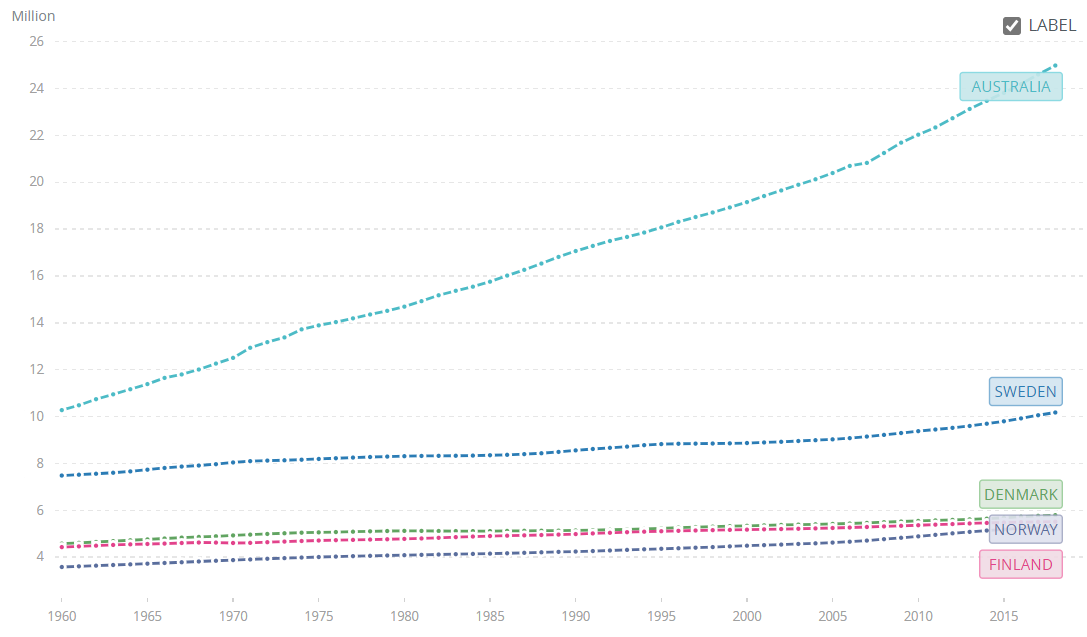EY Oceania’s chief economist Jo Masters claims that high underemployment is likely to push down real wages and hinder Australia’s economic recovery.
According to Masters, underemployment not only means less money being available for households to spend, it also results in more people competing for work, thereby pushing down the price of labour down:
ABS data shows there are about 44 million hours each week of spare capacity in the labour market from people considered unemployed or underemployed.
Excluding those that are considered long-term unemployed, and between jobs, there are still 35 million hours a week being lost…
But it is not just the direct impact that EY warned is hurting the economy: underemployment equals what economists call “spare capacity” in the jobs market; more people competing for extra work, pushing down the price of labour…
EY’s Jo Masters suggested an official unemployment rate of 4.5 per cent and an underutilisation rate (combing unemployed with the underemployed) under 12 per cent should be enough to put real upwards pressure on wages.
So why then in the Morrison Government seeking to reboot mass immigration under the guise of ‘skills shortages’?
Skilled migration into Australia will be reviewed in a quickfire government inquiry looking for fast solutions to help businesses get the staff they need and grow the economy…
Immigration Minister Alex Hawke asked Parliament’s joint standing committee on migration to review the rules that determine whether people can get a skilled visa to enter the country…
Liberal MP Julian Leeser, the committee chair, said it would focus first on whether immediate changes were necessary to help the economy recover once borders reopen, with an interim report due by mid-March.
“The reporting period is short so we can present options to the government for their consideration in a timely manner,” Mr Leeser said. “This is not a navel-gazing exercise that’s theoretical.”
Skilled migration would lead people to create businesses that would then employ Australians, Mr Leeser argued.
The Australian Chamber of Commerce and Industry, a national employer lobby group, agreed but called for big changes to the migration program in the wake of the pandemic. Permanent skilled migration was capped by the Morrison government at 160,000 places a year, but ACCI’s employment director Jenny Lambert said it should go back up to the previous figure of 190,000…
Rebooting immigration will obviously add to Australia’s labour supply more than it adds to demand – hence business groups’ incessant lobbying on the matter (they want a bigger pool of workers and lower wage costs). In turn, unemployment and underemployment would be kept higher than they otherwise would be, resulting in greater competition for jobs, reduced worker bargaining power, and lower wage growth (other things equal).
A better outcome for workers and the economy is to keep immigration low, provide proper training, and let local wages rise. This will boost workers’ incomes and purchasing power, as well as boost productivity by encouraging business investment into labour-saving technologies and automation.
As I keep saying, Australia should seek to emulate the well-run Nordic countries. They are renowned as being among the wealthiest, happiest, best functioning nations in the world with the highest living standards, high exports and high productivity. They achieved this success without mass immigration-driven population growth:
The world has 7.6 billion people. Australia doesn’t need to import them to sell to them.


